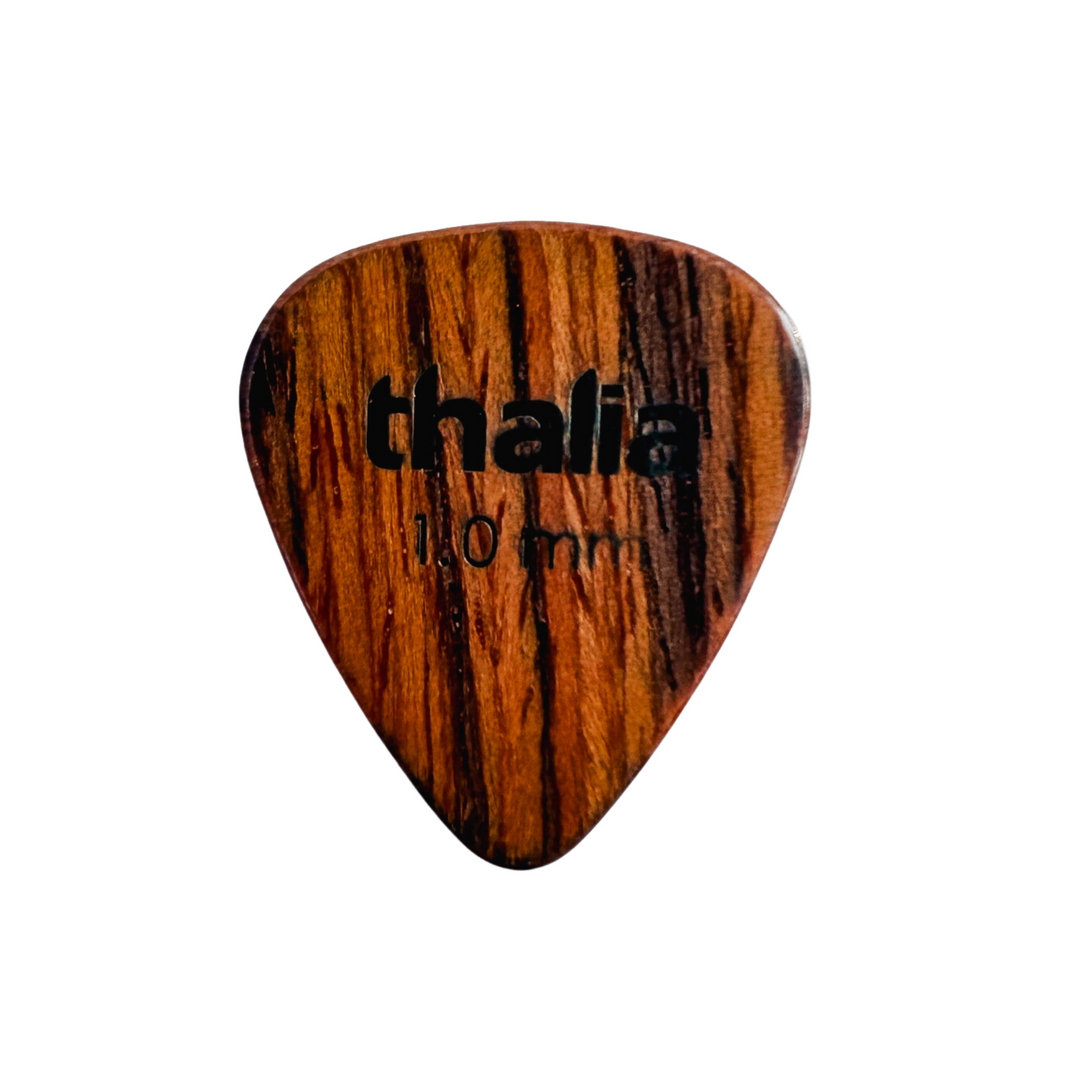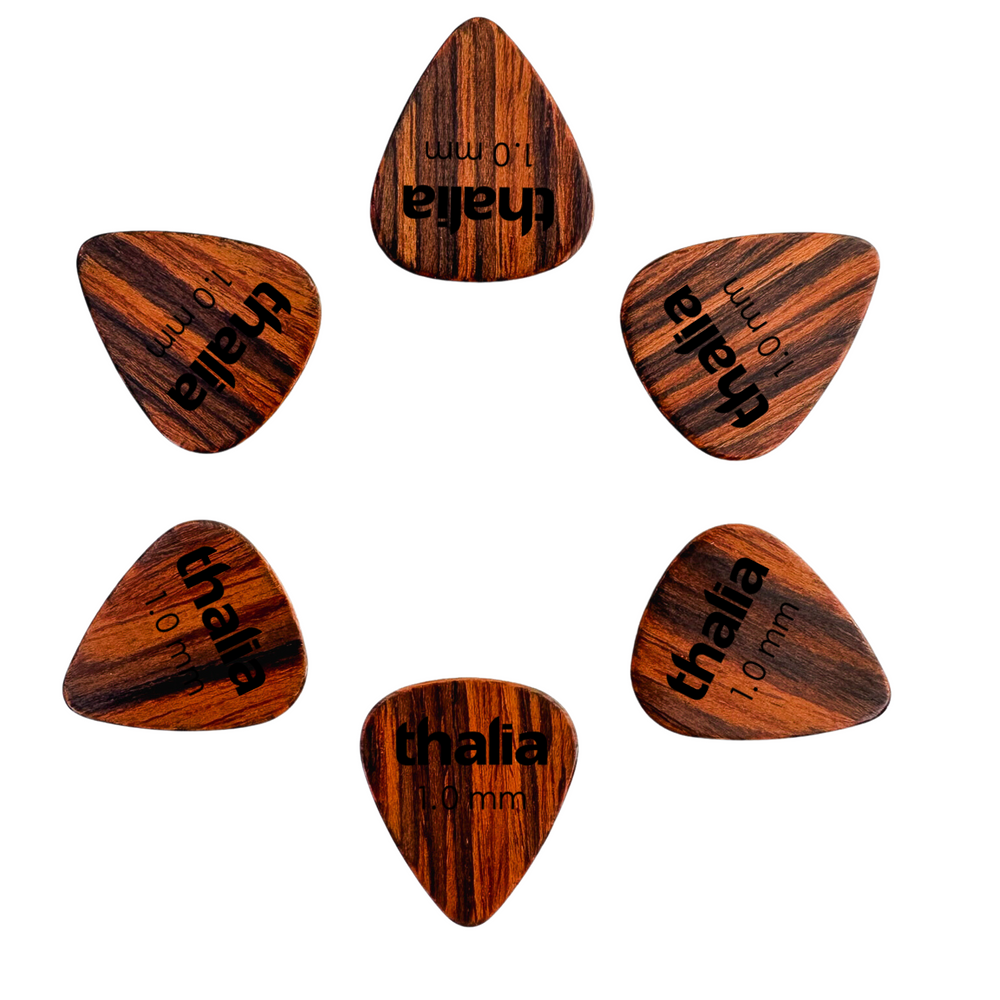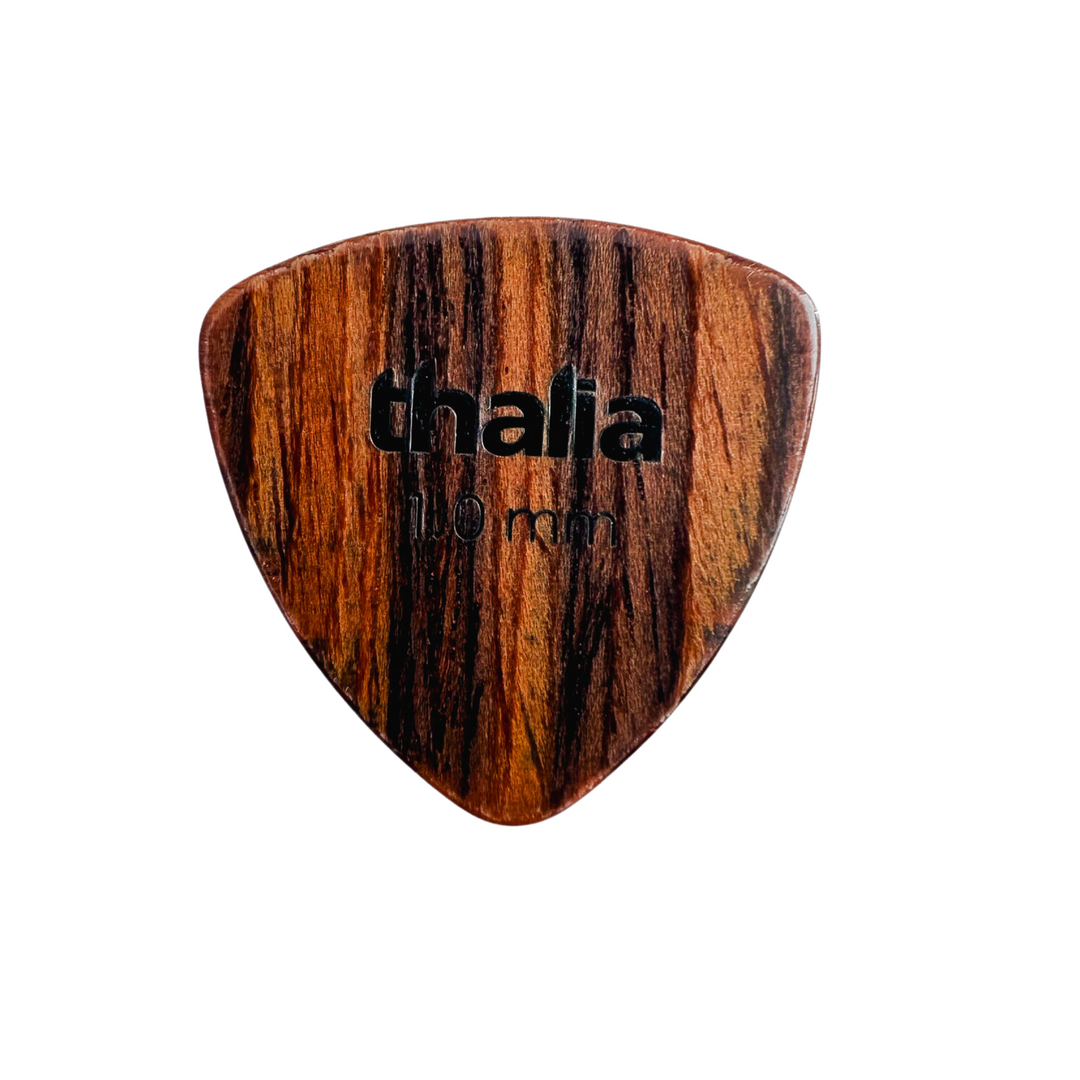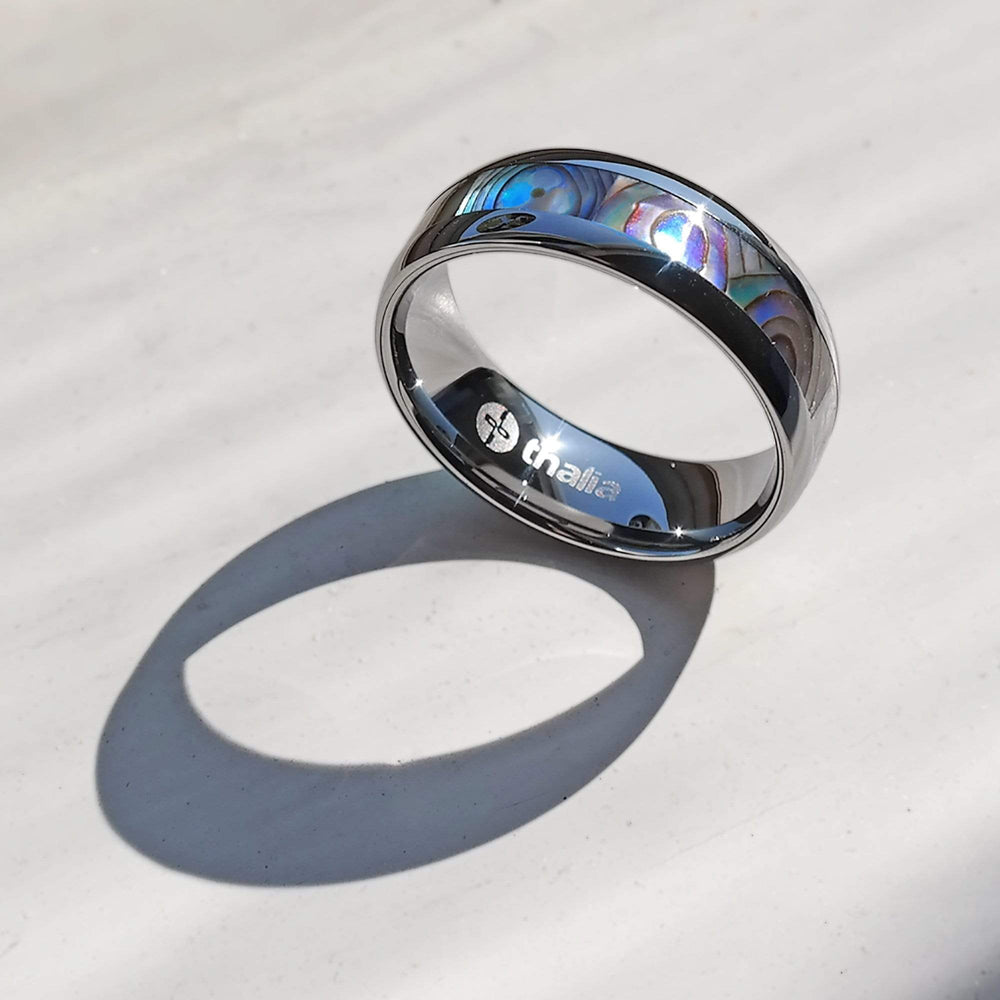Do Double Albums Outstay Their Welcome?
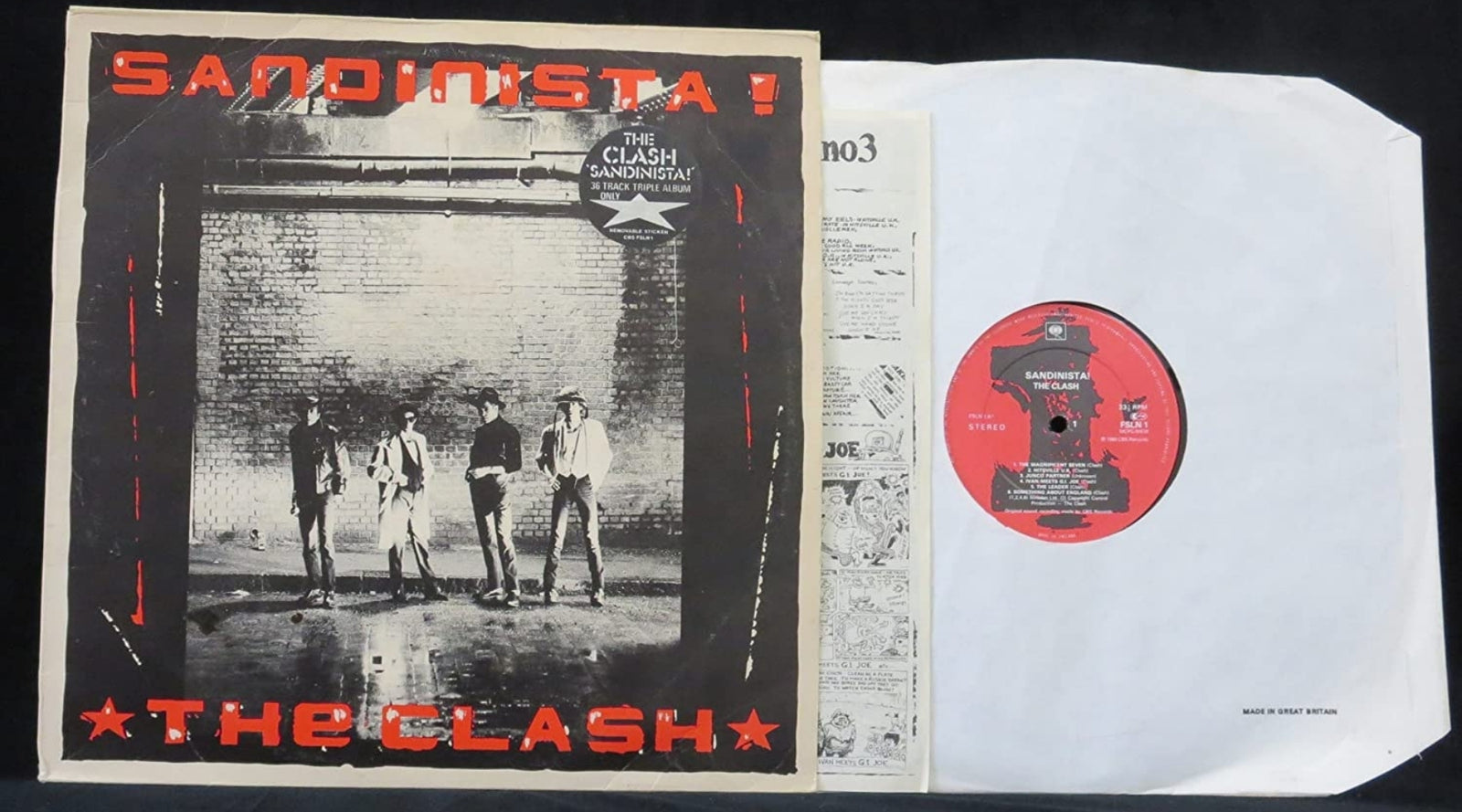
When we buy something, we like to get our money’s worth. But how exactly “bang for your buck” translates into the world of music is up for debate.
This was brought home to me the other day in a discussion about the Clash. A friend of mine was expressing his disappointment with the band’s sprawling Sandinista! album, sentiments I fully shared.
For those of you not up on your late ‘70s/early ‘80s British punk, Sandinista! was the Clash’s fourth album and their first (and only) triple disc set. Running over six sides of vinyl for a whopping 144 minutes, it was an epic and diverse offering that incorporated genres including funk, reggae, jazz, gospel, rockabilly, folk, dub, rhythm and blues, calypso, disco and rap.
Sandinista! found critical acclaim upon release; Rolling Stone’s John Piccarella gave it a five-star review and called it the Clash’s White Album while Village Voice voted it number one in their 1981 Pazz and Jop critic’s poll. But, in the aftermath of the initial hype, people started to question whether the record really was the Clash’s bona fide masterpiece.
The problem with Sandinista!, to mine and my friend’s ears at least, is that it’s too long, and that the quality of the material on offer isn’t consistent enough to justify that extended run time.
Turns out we aren’t the only people who think so. In a retrospective review of the album, Classic Rock’s Scott Rowley characterized it as “a genre-defying, self-indulgent snapshot of a band run wild” before going on to note that:
“The cliche/true-ism about any double album is that it’d make a great single album – Sandinista! surely stands alone as a triple album you could also edit into a really s--t double. But as two sides of vinyl it would’ve done alright: The Magnificent Seven, Police On My Back, Washington Bullets, The Street Parade, If Music Could Talk, Something About England and One More Time alone could have provided the spine of an album that touched on funk, punk, calypso, rock, reggae and rap and would be talked about in hushed tones today.”
I think Rowley hits the nail on the head with that last comment. The most frustrating thing about the Clash’s Sandinista! is that it could have been the band’s best album if pruned to focus on quality over quantity.
The irony, of course, is that the Clash had bucked that cliché about double albums making great single albums with their previous release. 1979’s London Calling stands in the pantheon of truly great double records along with the likes of Dylan’s Blonde on Blonde and the Stones’ Exile on Main Street. It’s part of a rare breed of extra-long players that justify their mammoth runtimes with unrelenting quality. Still, in the rock n’ roll canon, those truly great double albums are few and far between.
For my money, the short, sharp shock of a 45-50 minute single record is the way to go. When it comes to cutting a classic album, less is often more and, so long as the content is all killer, no filler, I always feel like I’m getting my money’s worth.
But what do you guys think? What are your favourite double or triple albums? What are the most overindulgent multi-disc records you’ve ever bought? And do you think there is an optimum album length? As always, share your stories in the comments.










